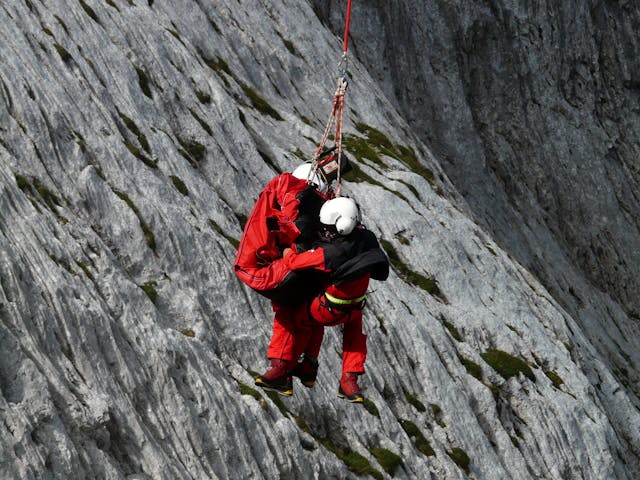
Overview of the Chapter
The chapter Rama to the Rescue is part of the CBSE Grade 6 English curriculum. It narrates an episode from the Indian epic Ramayana, focusing on Lord Rama's bravery and his efforts to rescue his wife, Sita, from the demon king Ravana. The story highlights themes of courage, devotion, and the triumph of good over evil.
Key Theme: The chapter emphasizes the importance of righteousness, loyalty, and perseverance in overcoming challenges.
Summary of the Chapter
The chapter begins with the abduction of Sita by Ravana, the demon king of Lanka. Rama, along with his brother Lakshmana and the devoted monkey-god Hanuman, sets out on a journey to rescue her. The narrative describes the challenges they face, including crossing the ocean to reach Lanka.
Hanuman plays a crucial role in locating Sita and conveying Rama's message to her. The chapter also depicts the fierce battle between Rama and Ravana, culminating in Ravana's defeat and Sita's rescue. The story concludes with Rama, Sita, and Lakshmana returning to Ayodhya, symbolizing the victory of good over evil.
Moral Lesson: The story teaches students the value of courage, teamwork, and unwavering faith in the face of adversity.
Characters in the Chapter
- Rama: The protagonist, known for his righteousness and bravery.
- Sita: Rama's wife, who is abducted by Ravana.
- Lakshmana: Rama's loyal brother who accompanies him in his quest.
- Hanuman: The devoted monkey-god who aids Rama in finding Sita.
- Ravana: The antagonist, the demon king who kidnaps Sita.
Important Events
- Sita's abduction by Ravana.
- Rama and Lakshmana's journey to rescue Sita.
- Hanuman's leap across the ocean to Lanka.
- The battle between Rama and Ravana.
- Sita's rescue and their return to Ayodhya.
Symbolism: The chapter uses the characters and events to symbolize the eternal struggle between good and evil, with good ultimately prevailing.
